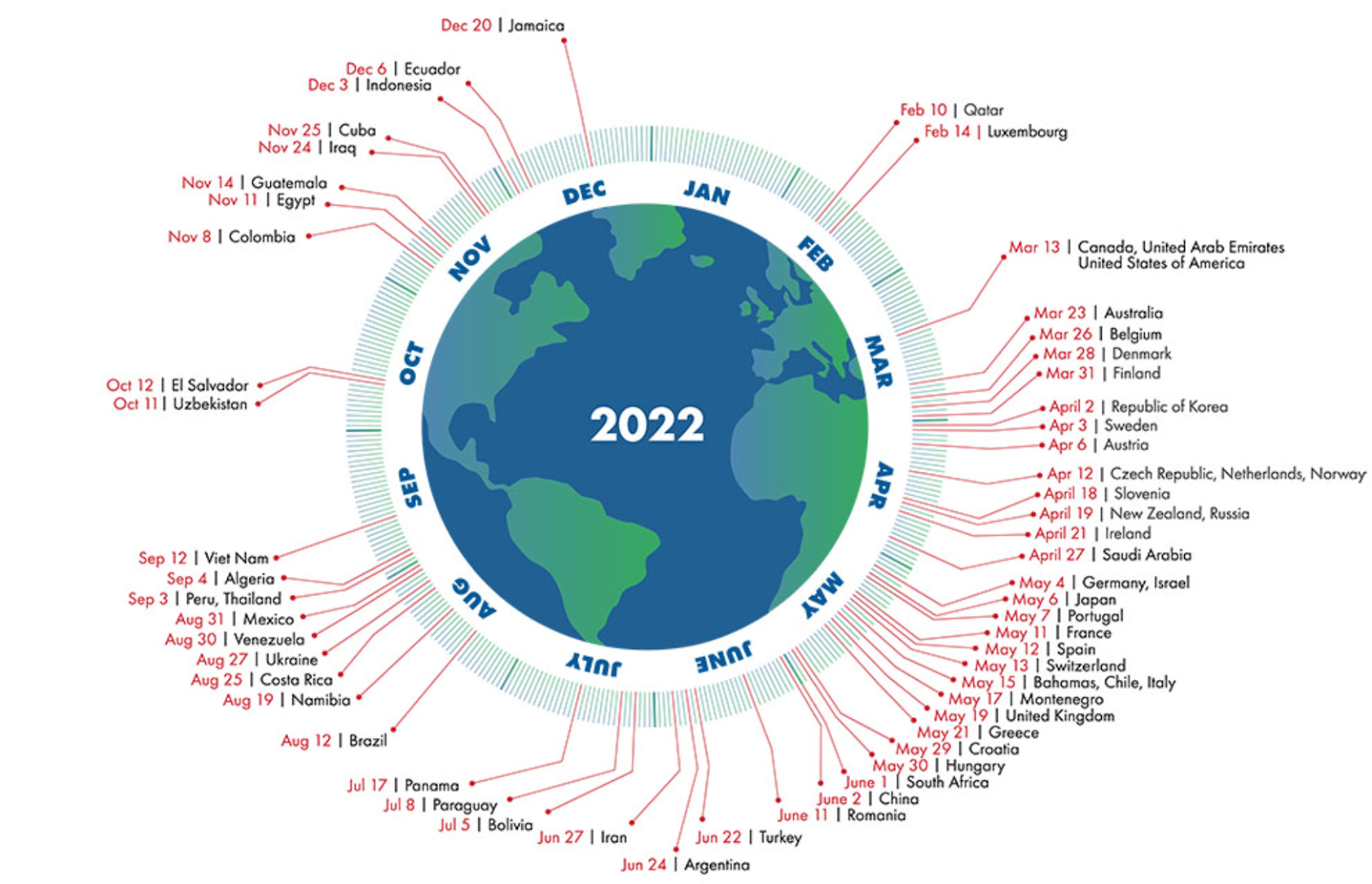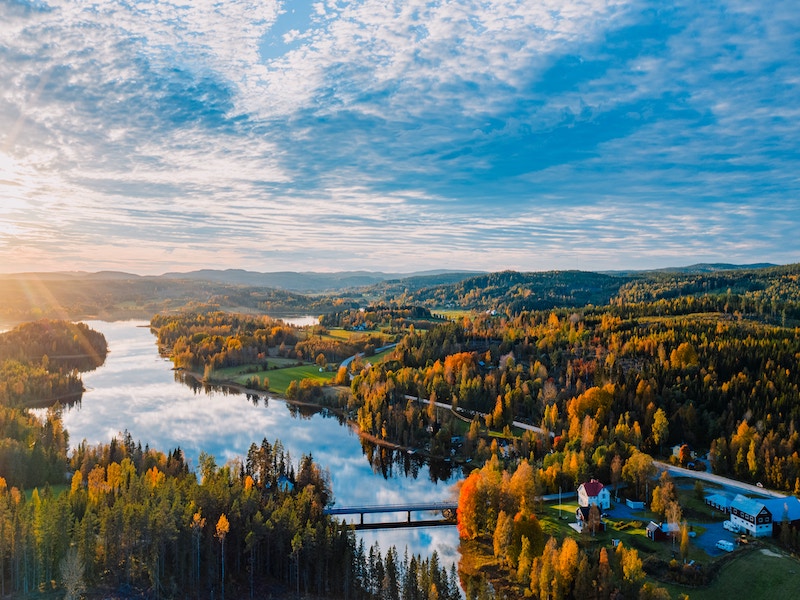Metrics can create dangerous misconceptions
Sweden is a shining light when it comes to sustainability. The country has high living standards while setting ambitious targets to become net-zero by 2050. It’s for these reasons Sweden ranks as the most sustainable country in the world. It’s a beacon of hope, a sign of what’s possible. If only we could all be like Sweden, all of our problems would be solved, right? Well, no, actually. If we’re measuring sustainability in terms of overshoot, Sweden is the ninth most unsustainable country in the world. So how can one set of metrics argue a country is the essence of sustainability while another shows it’s a symbol of the problem that needs to be overcome?
First of all, we need to think about what overshoot is. Overshoot occurs when “humanity’s demand for ecological resources and services in a given year exceeds what Earth can regenerate in that year.” In 2022, that day landed on 28 July. What this means is that we would need 1.7 Earths to make our consumption levels sustainable. But that’s where we are overall. Some countries overshoot by a far greater margin than others.
The visual shows the date overshoot would land if everyone lived like the people in that country. If we all lived like Jamaicans, overshoot would land on 20 December — meaning we’d still be overshooting but would be much closer to living within Earth’s regenerative capacity. If we all lived like Swedes, overshoot would hit on 3 April. Other countries that are often viewed as sustainable don’t fare much better. Denmark ranks as the sixth worst country in terms of overshoot, arriving on 28 March, while the Netherlands is joint thirteenth, landing on 12 April.

The misconception is a product of the Netherlands fallacy. While a country like the Netherlands appears to be living within its local and regional carrying capacity, it “requires large chunks of the Earth’s resources and vast areas of land not within its borders to maintain itself.”
Globalisation allows developed nations to import goods and services manufactured in developing nations. Any costs of manufacturing remain in the countries in which they were produced. So when it comes to measuring how sustainable a country is, these impacts can be ignored, allowing countries that live far beyond their local carrying capacity to appear to be pictures of sustainability.
The perception Sweden is leading the way is important because they have high living standards. The assumption is that it’s possible to maintain high living standards while living within environmental limits. But as overshoot shows, this is an illusion when rich nations like Sweden can enjoy consumable goods while exporting the environmental impacts to the country where those goods are manufactured.
The other side of the coin is that there are plenty of countries that don’t appear on the map. This isn’t because they live in sustainable societies where individual needs are met within environmental limits, but rather the opposite; lots of people’s basic needs aren’t being met. This suggests that for developed nations to increase living standards, consumption in those countries needs to increase. But when it does, those countries will begin appearing on the visual as their consumption needs exceed the carrying capacity of the surrounding area. The issue is that we can’t remain in a state of overshoot without environmental impacts getting worse, for example overshoot translates into emissions that lead to global warming.
So what does this all mean? Well, the inconvenient truth is that for Sweden to maintain the misconception that it’s a vision of sustainability, lots of people in the rest of the world will have to continue living in poverty. That seems to be a morally abhorrent state of affairs, but one that is implied by claiming Sweden is a beacon of sustainability. If it’s impossible for everyone to attain the same living standards as rich nations like Sweden, then the inescapable conclusion is that our conception of social development is unsustainable by design.
The thing is, as the century progresses and global warming intensifies, weather extremes will become more aggressive. These weather extremes will make it increasingly difficult to meet people’s basic needs. Rich nations, those that have contributed most to creating the problem, will be the most resilient to withstand shocks because they have the infrastructure and resources to do so. It’s in low-income nations, where resilience to shocks is low, where things could get ugly. We’re hurtling into a world where there are likely to be enclaves of closed communities living in ‘sustainable’ wonderlands, while the majority are fighting to escape hellish conditions. But just like the illusion that Sweden is sustainable, it seems the winners in that eventuality will find a way to turn a blind eye.



